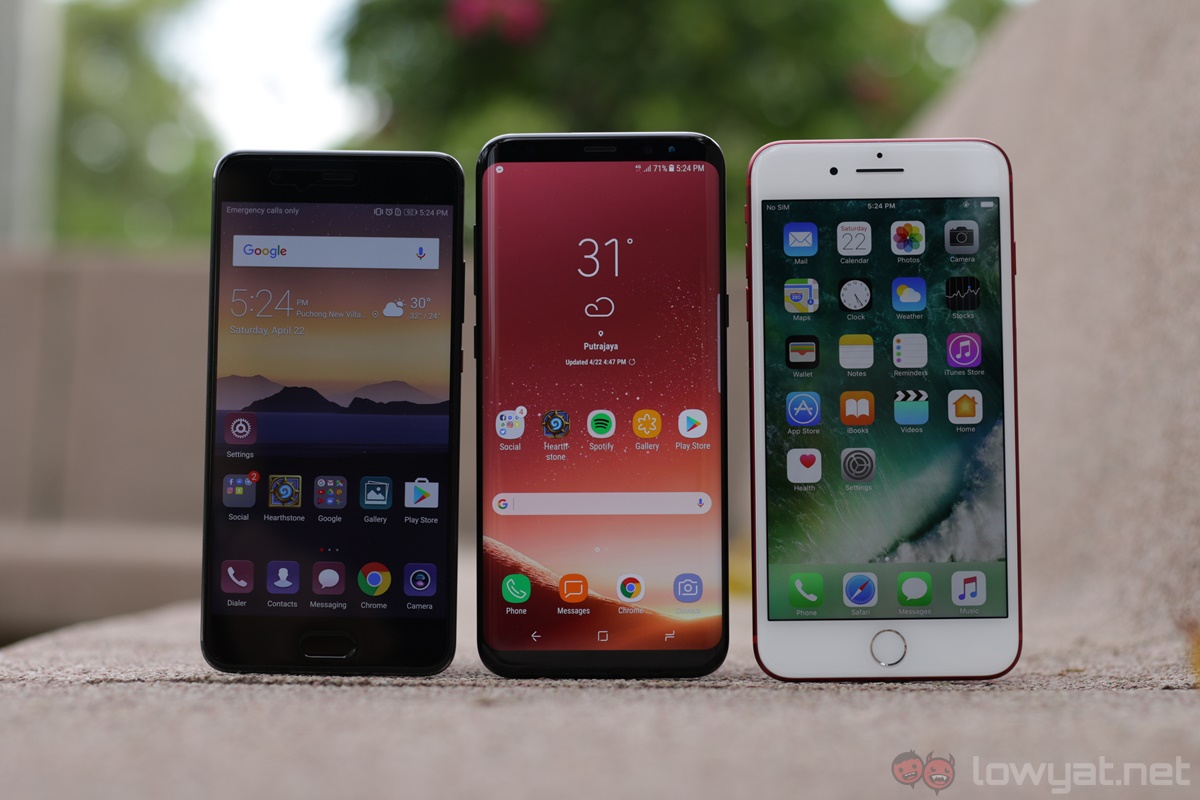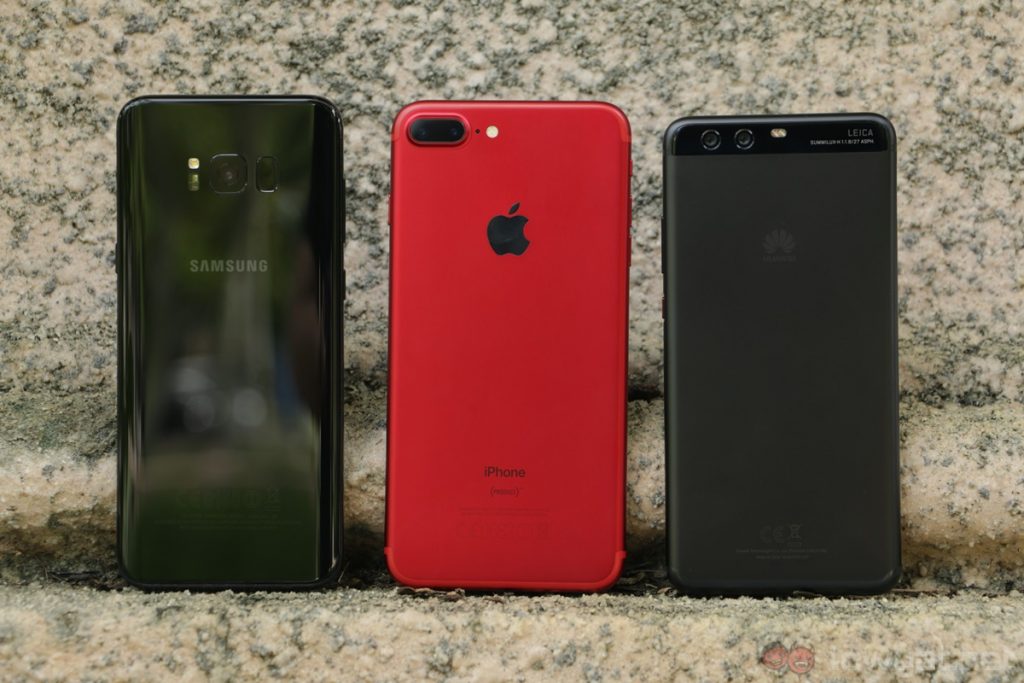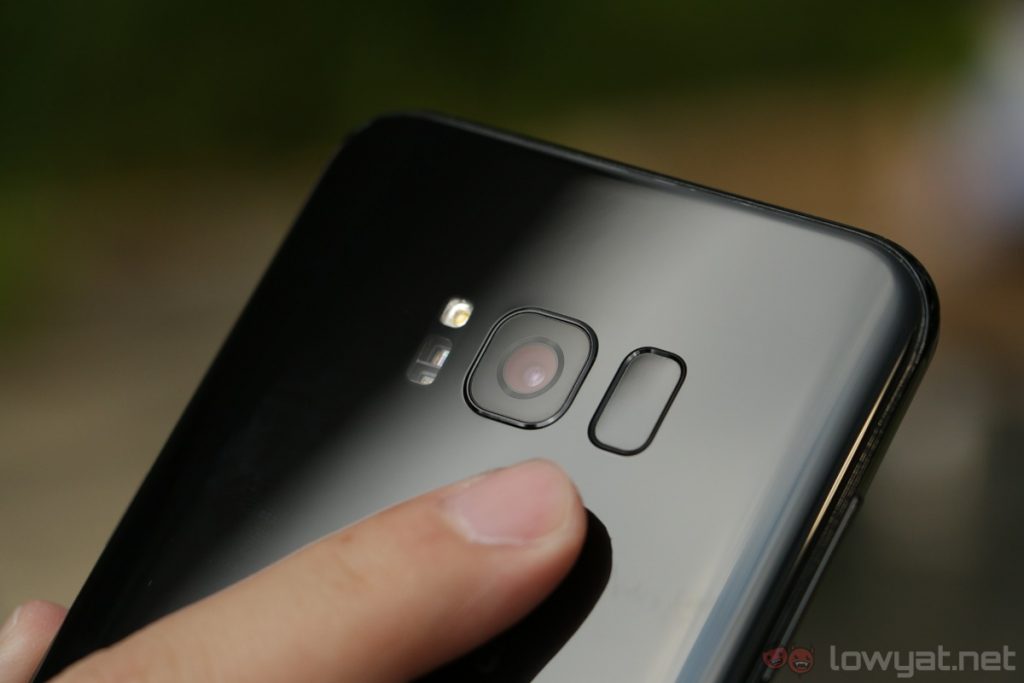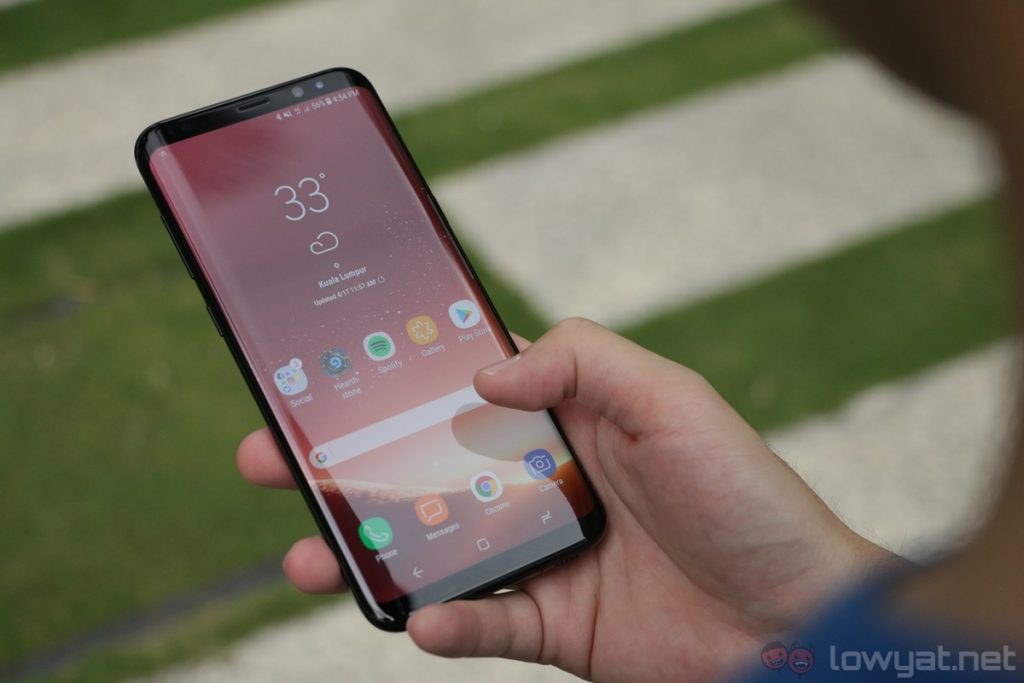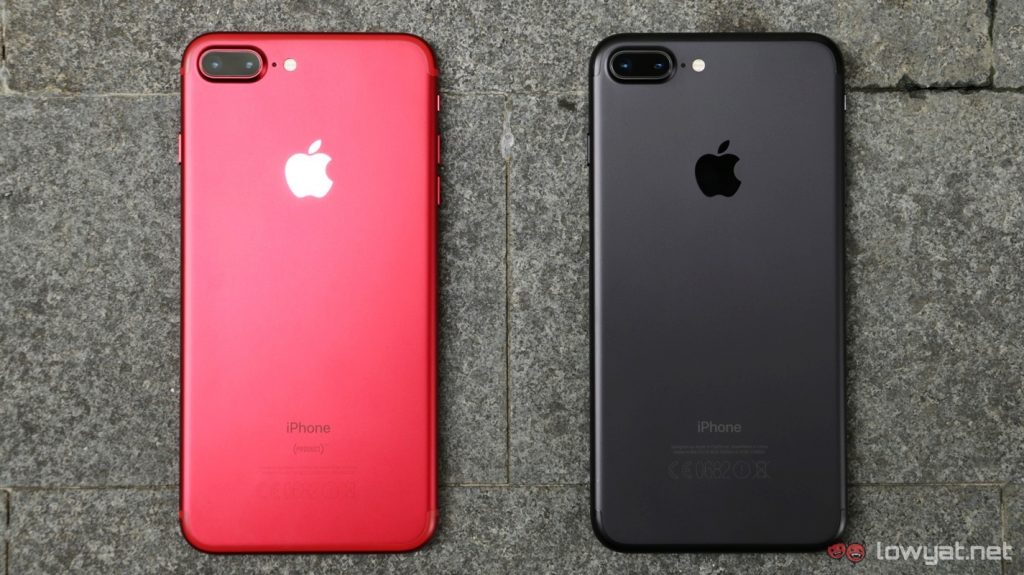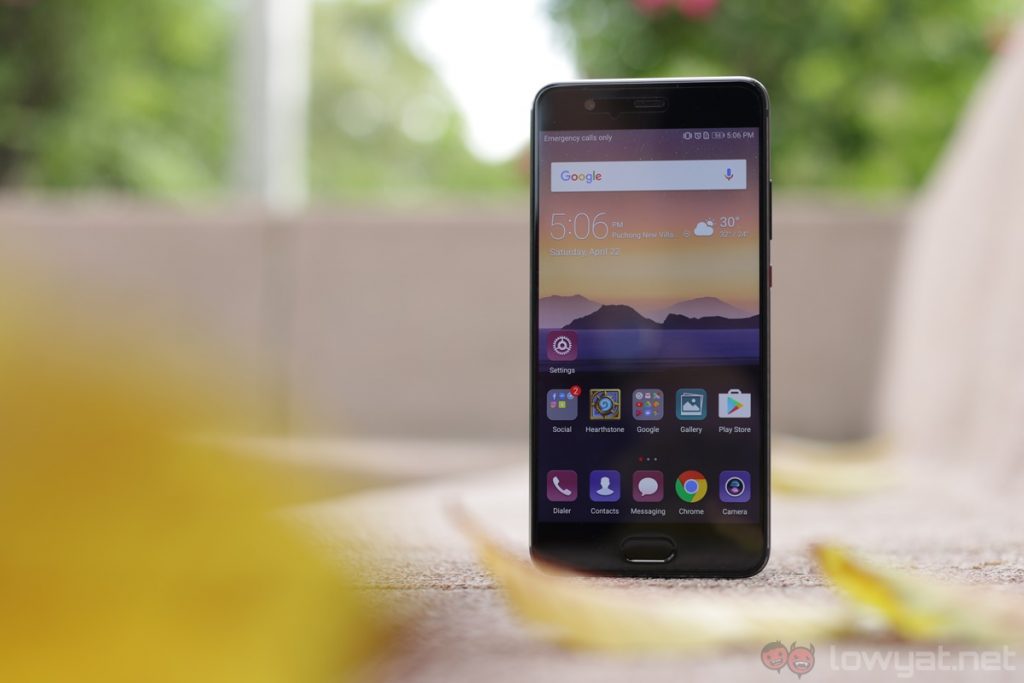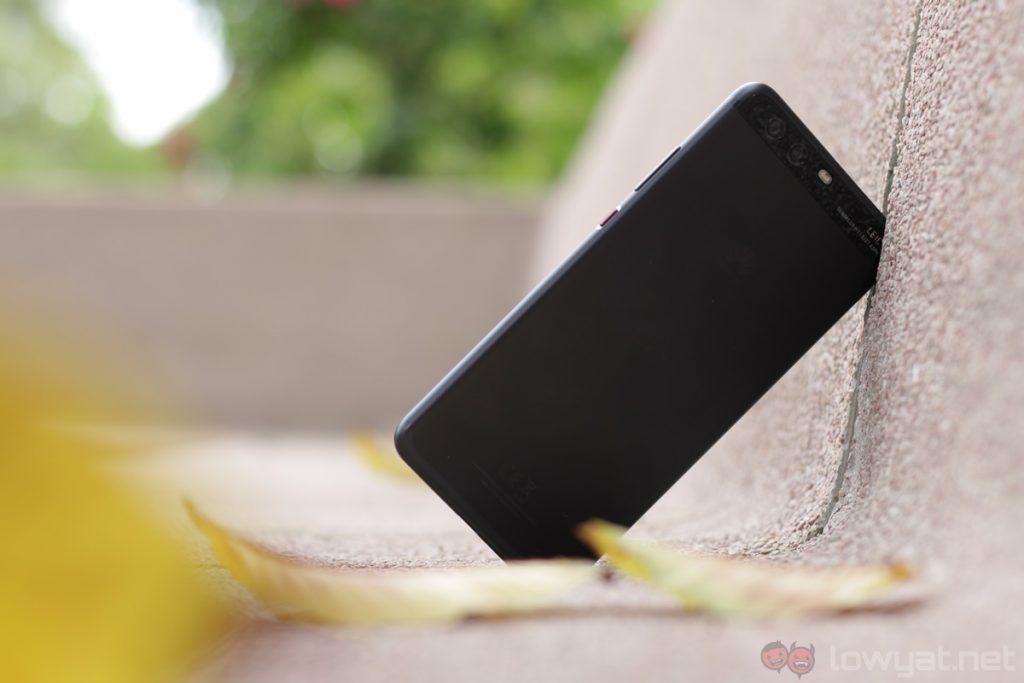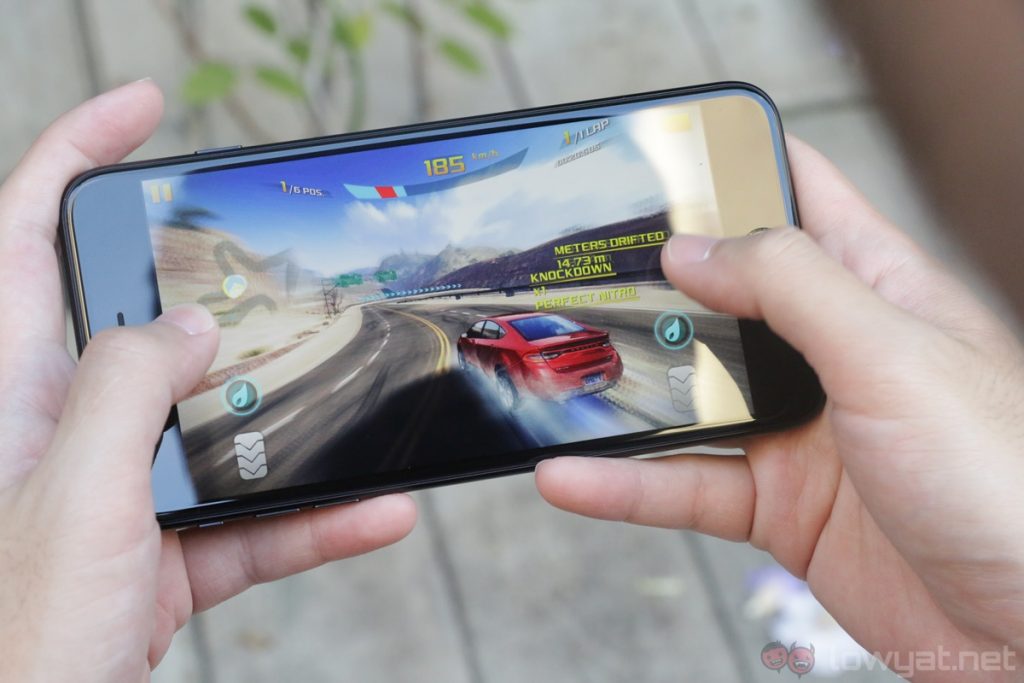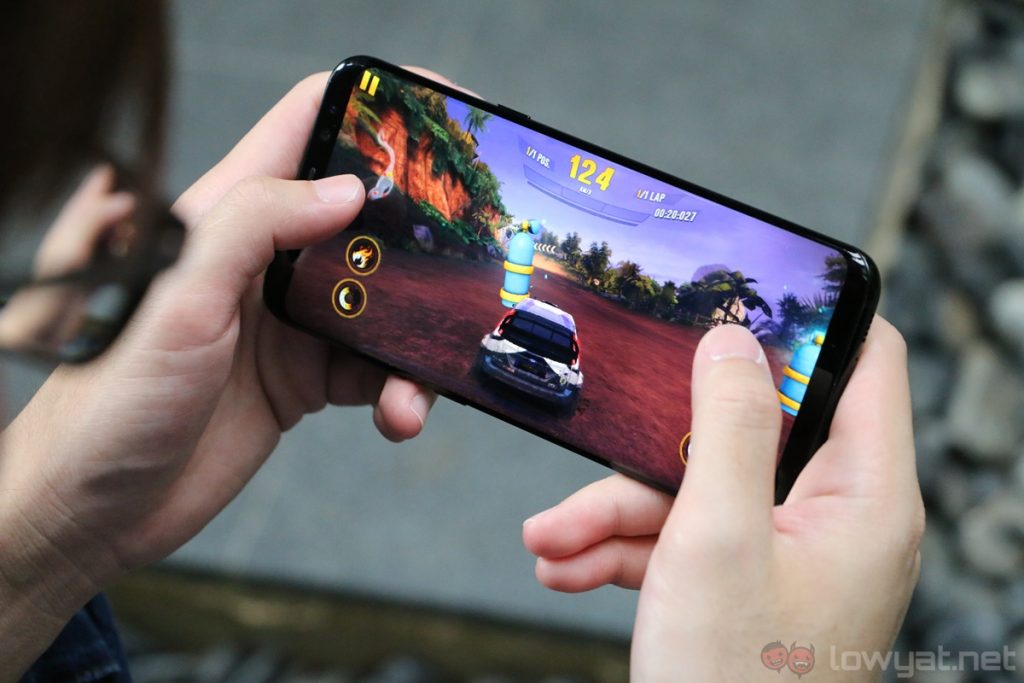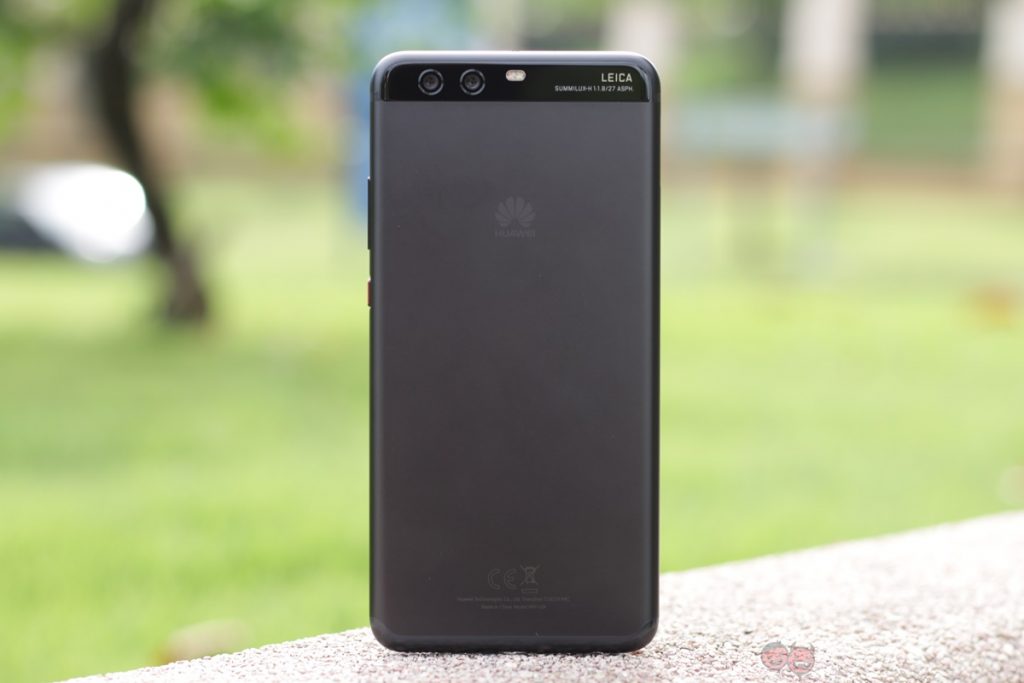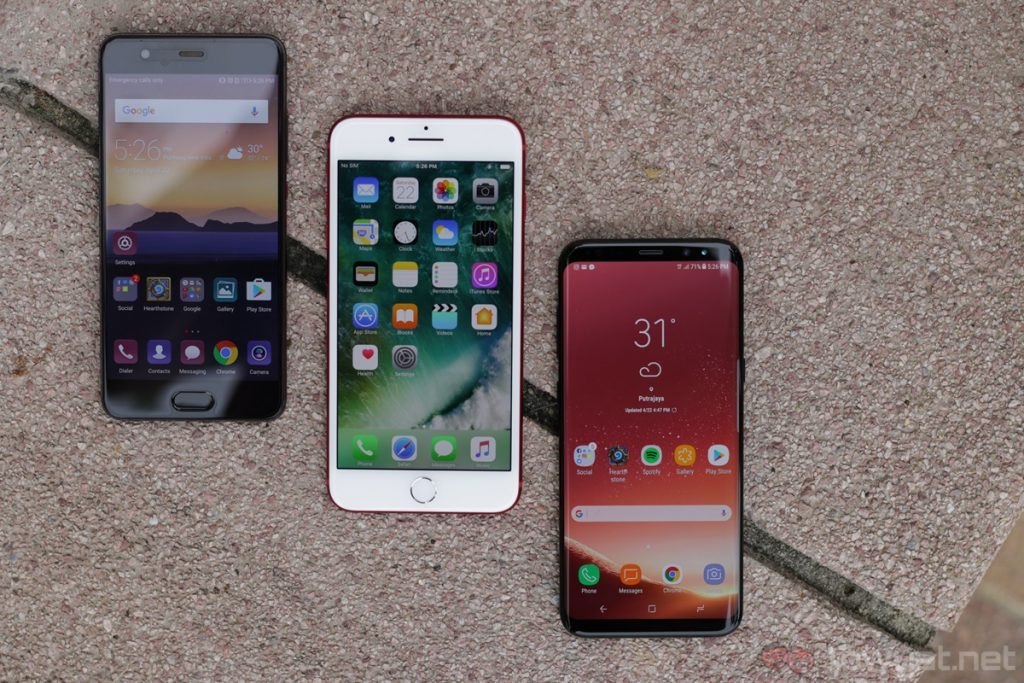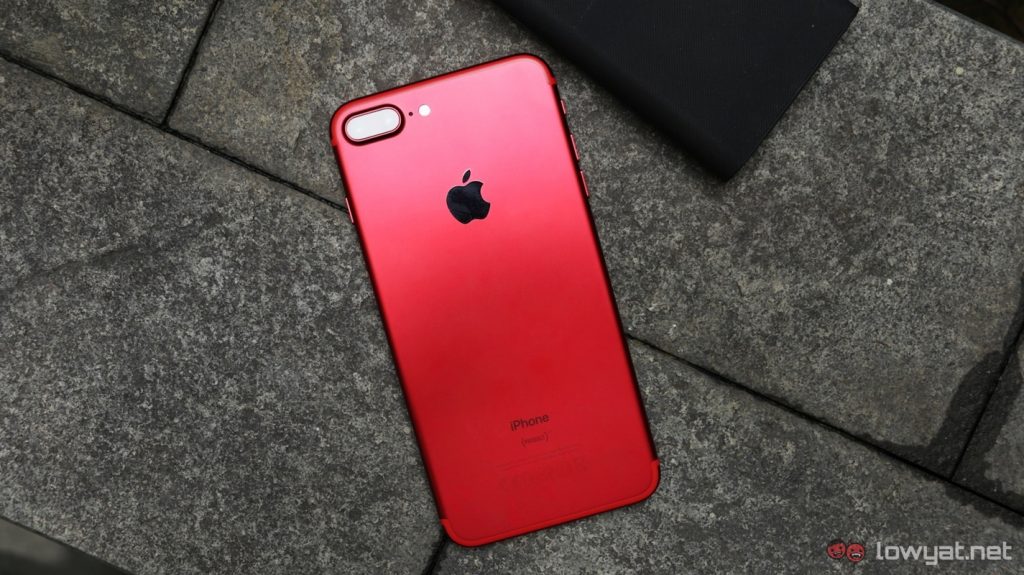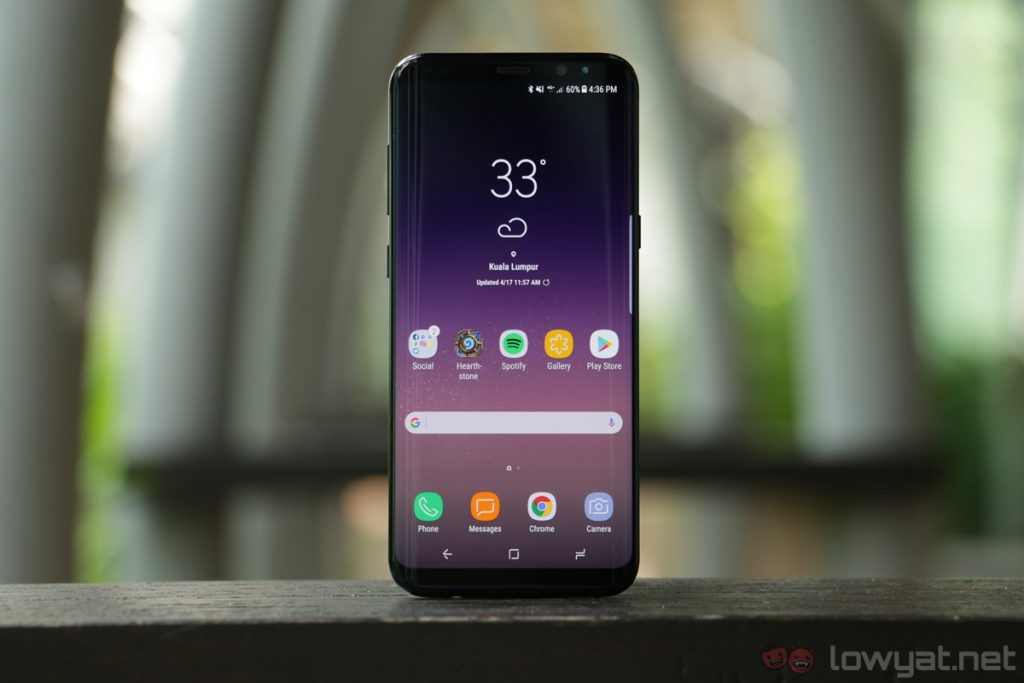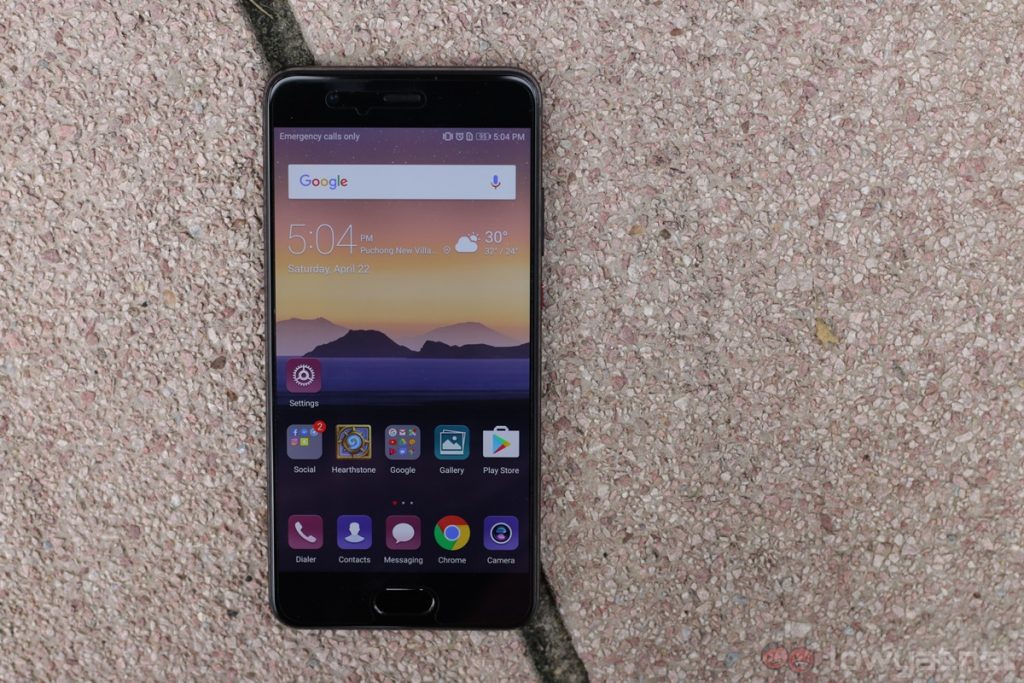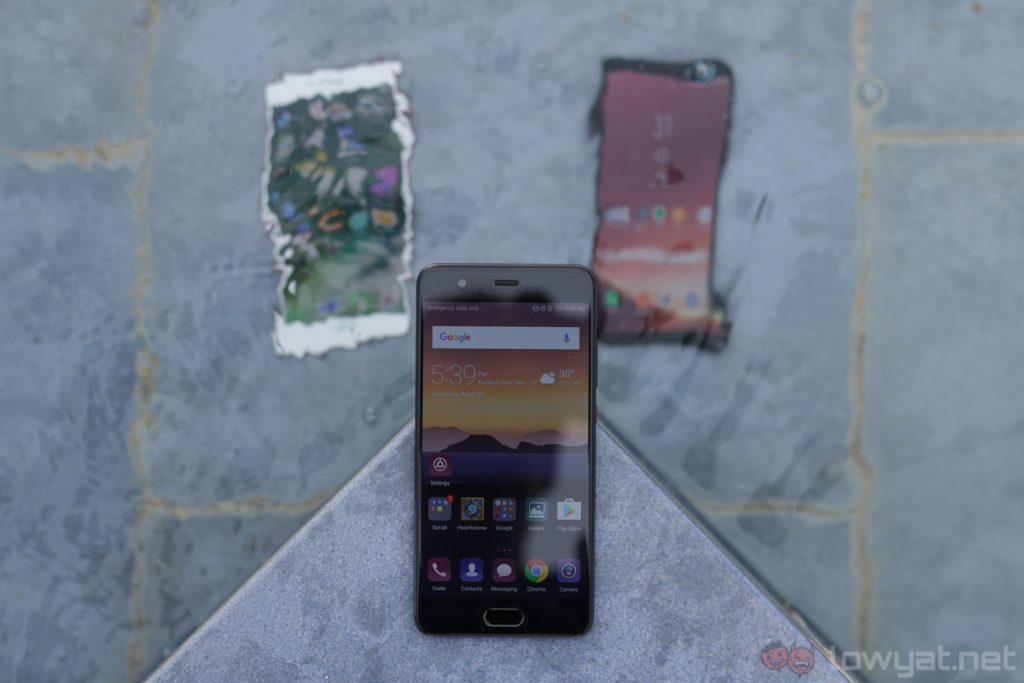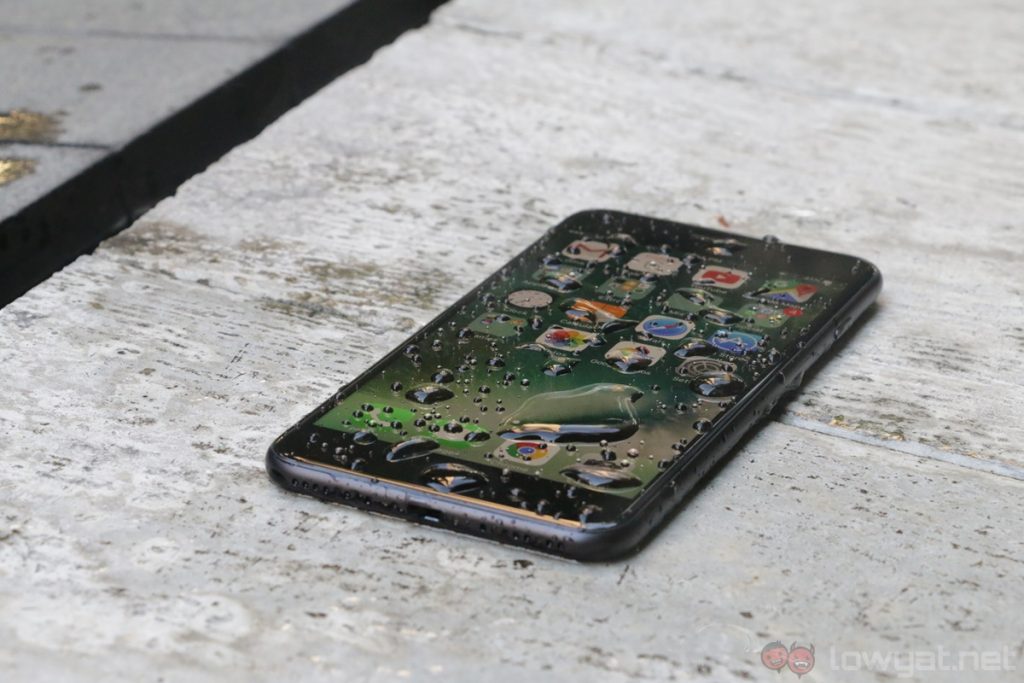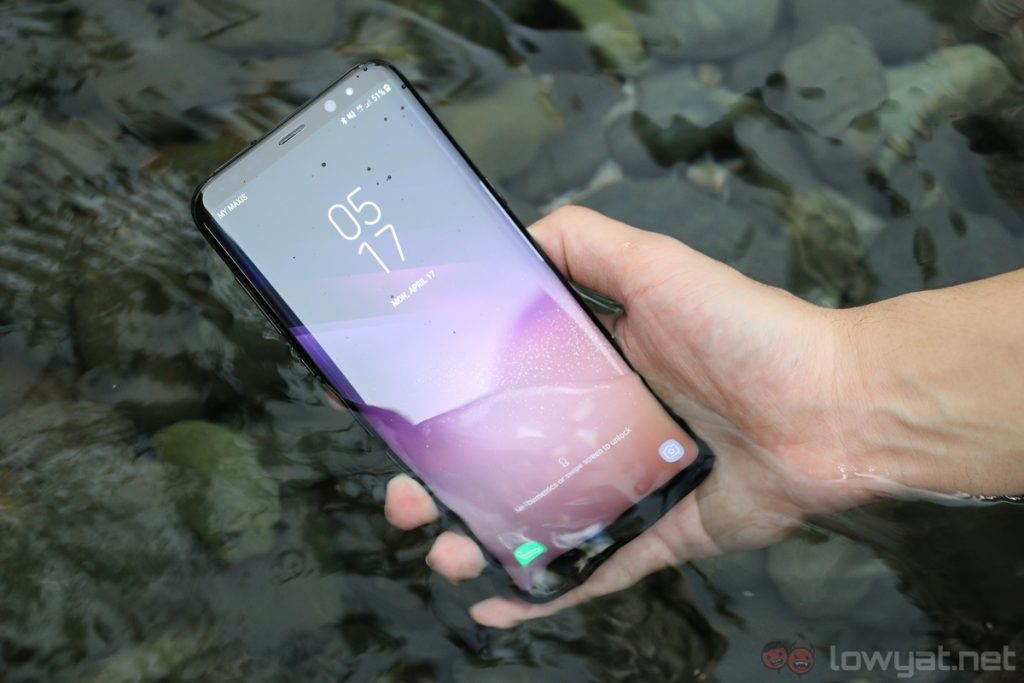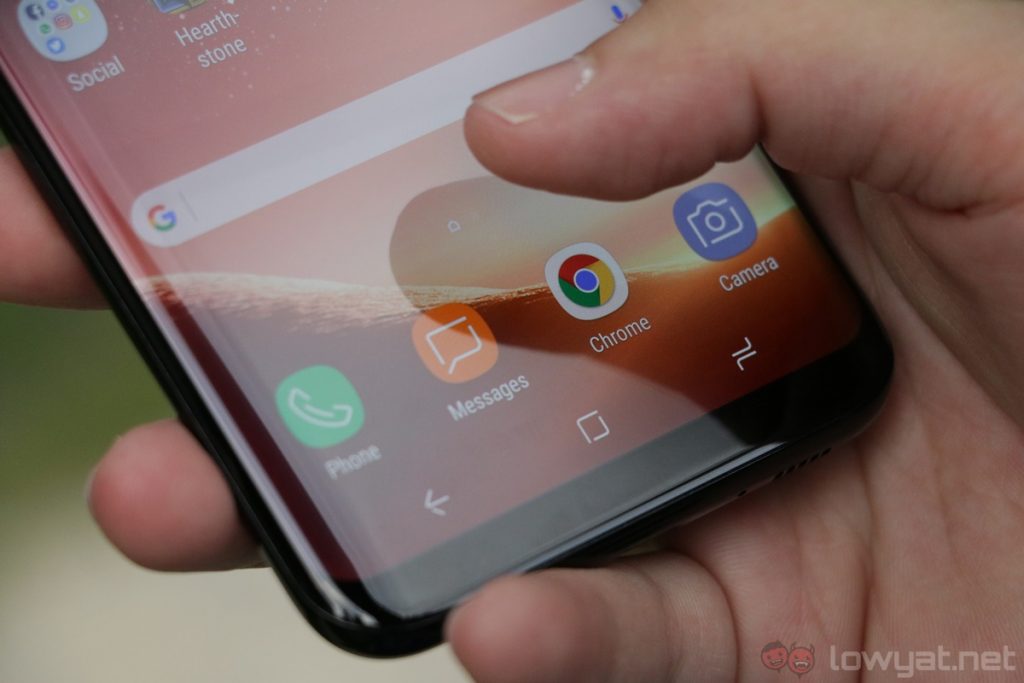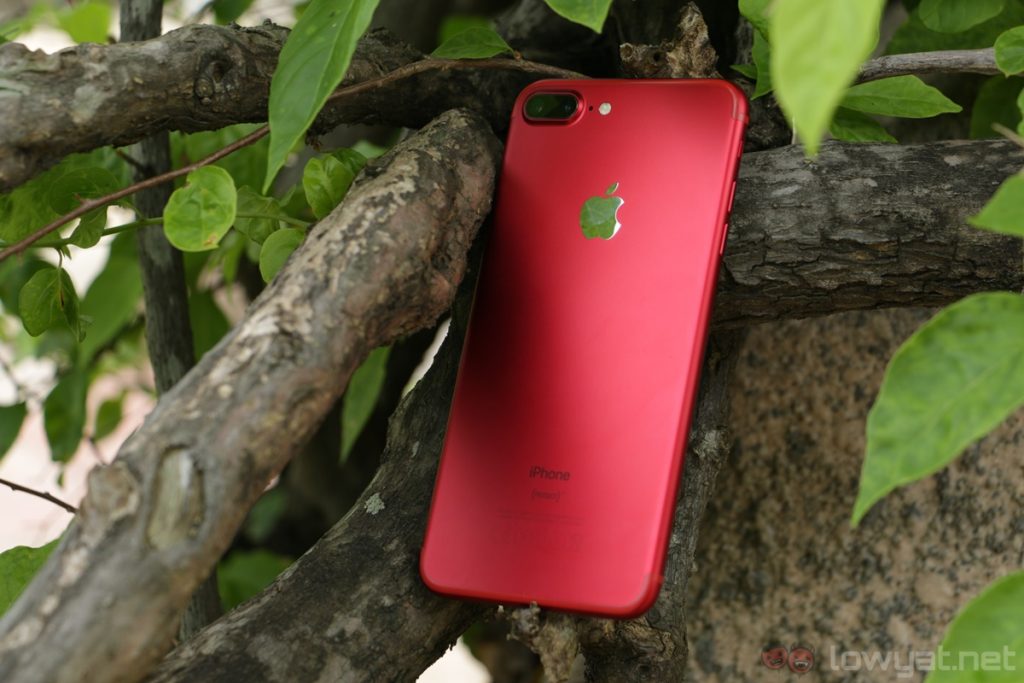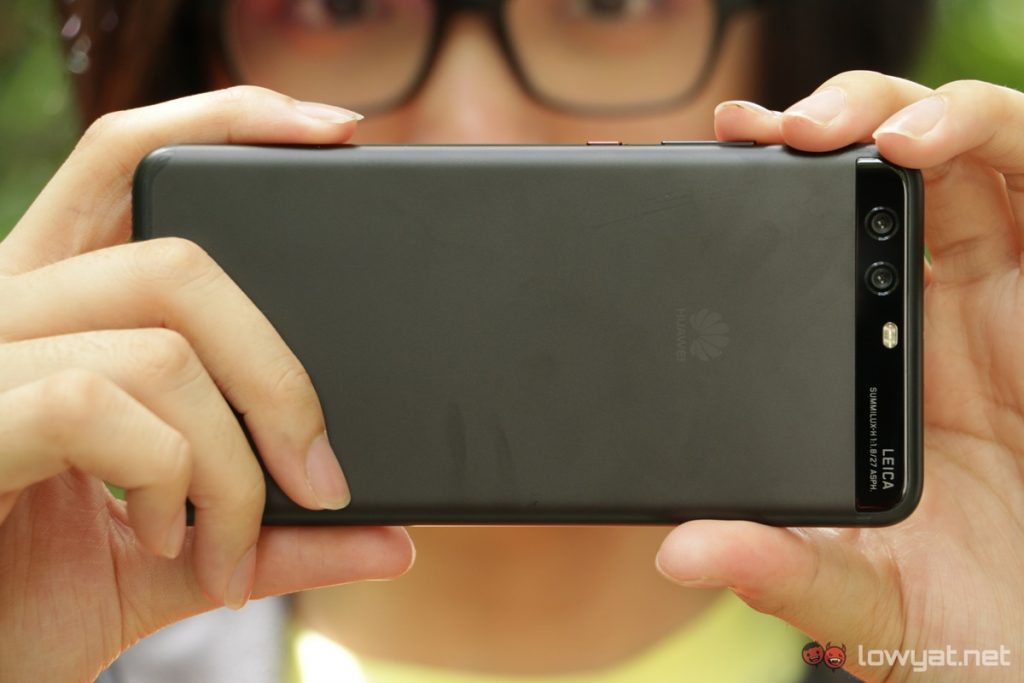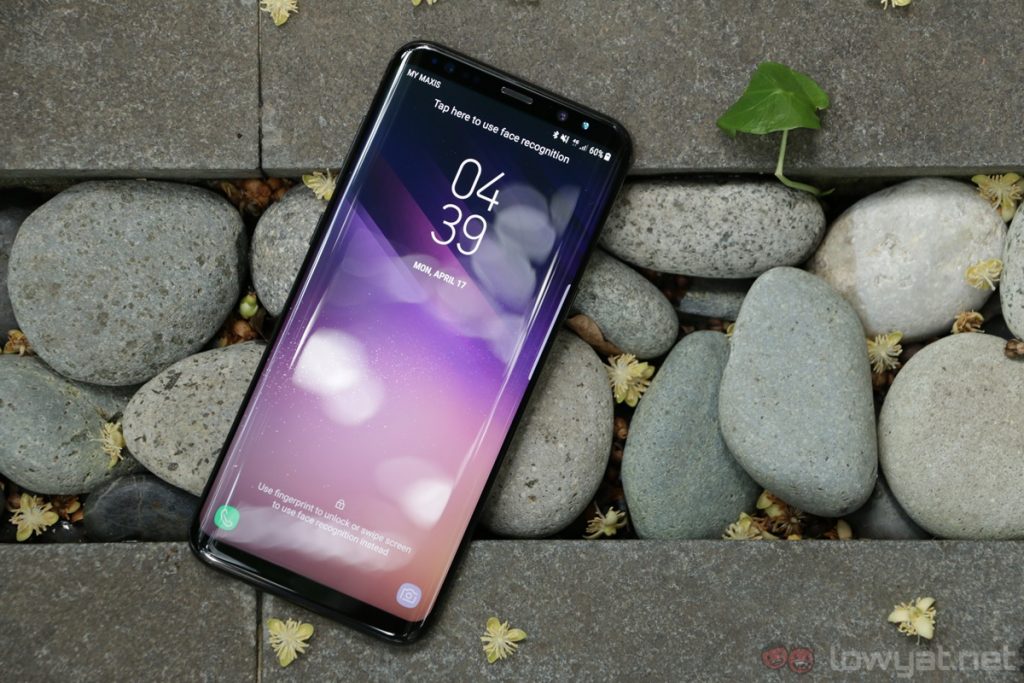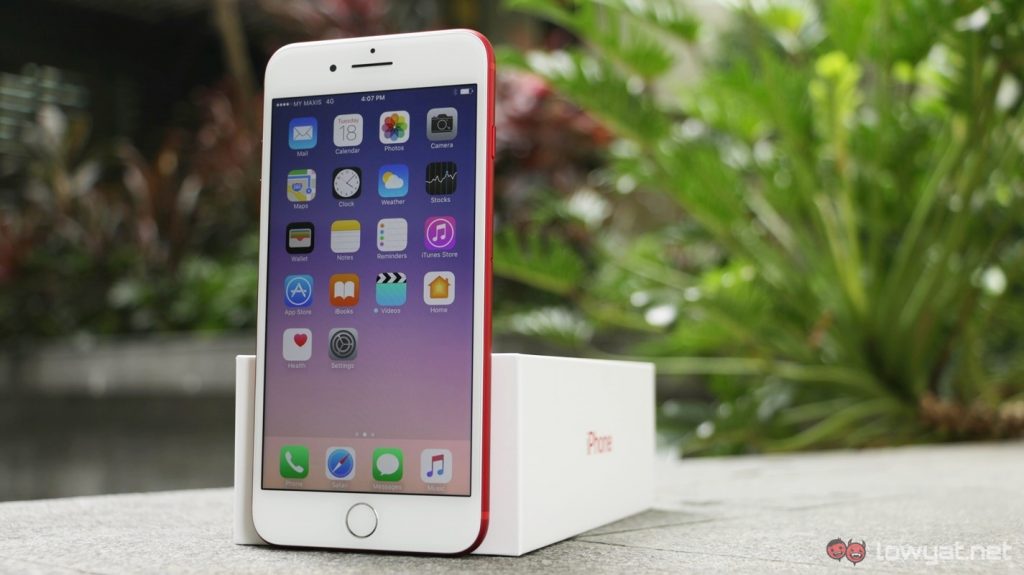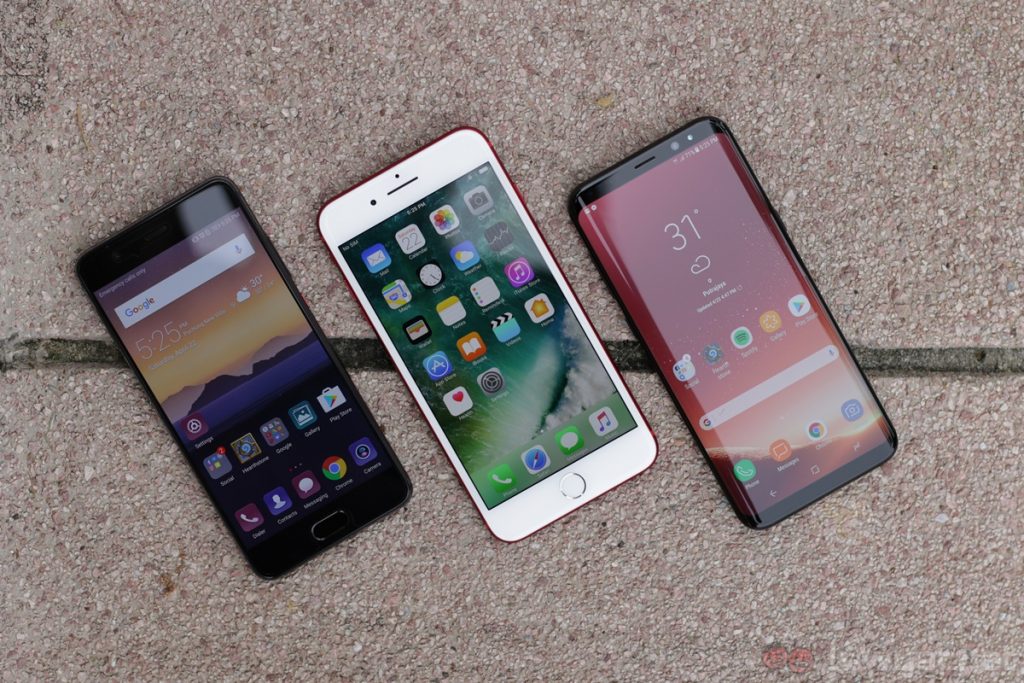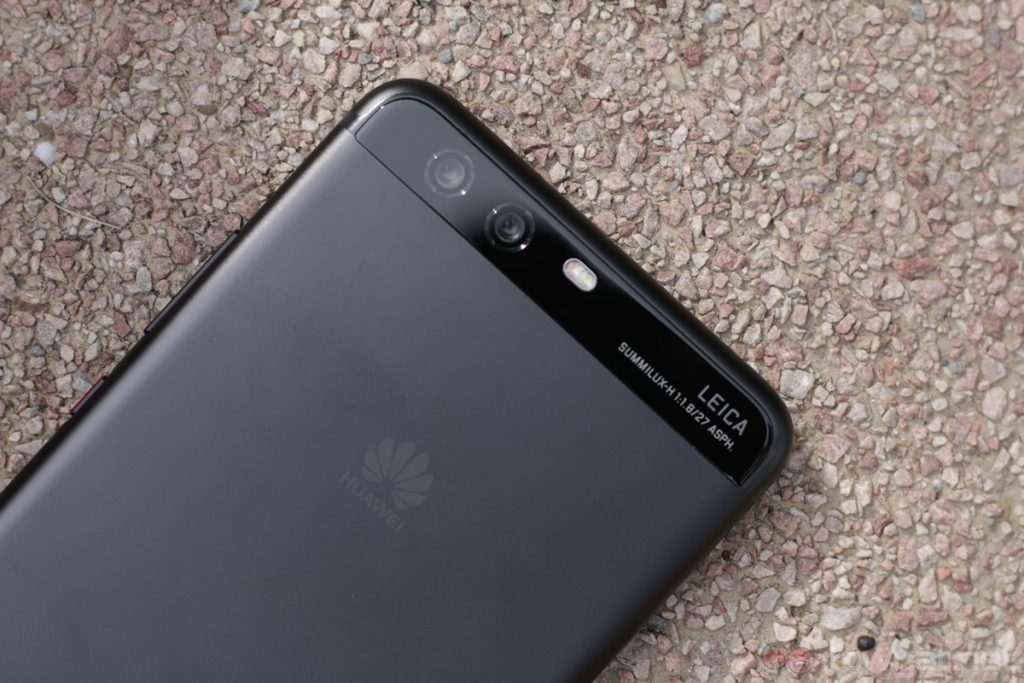We’re only four months into 2017, and we already have some pretty impressive premium smartphones. There’s the Samsung Galaxy S8+, the iPhone 7 Plus, and even the Huawei P10 Plus; flagship-tier smartphones from three of the most recognised phone makers in the market today.
But which of these three is the superior smartphone? Would it be the Galaxy S8+ with its sleek, cutting edge design; the iPhone 7 Plus with its refinement and recognition; or the P10 Plus with its Leica-branded dual-camera system? Well, that’s what we set out to answer. We’ll be comparing these three flagships in several important aspects to see how they stack up to each other.
Note that this shootout isn’t quite the same as the one we previously did: we decided to omit the camera section and will explore – in depth – the camera performance of these three devices in a separate article. Stay tuned for that!
Design
At first glance, the Galaxy S8+ is definitely the most eye-catching of the three smartphones. The S8+’s almost bezel-less Infinity Display makes the iPhone 7 Plus and P10 Plus look…well, boring. The subtle dual-curved display of the Galaxy S8+ further accentuates its already sleek design.
But the Galaxy S8+’s design isn’t exactly perfect: its fingerprint sensor placement is really, really awkward. The iPhone 7 Plus and P10 Plus’ front-facing fingerprint sensors are a lot more practical, and they make unlocking the devices so much more intuitive. Sure, the S8+’s facial recognition software somewhat makes up for this, but as far as designs go, the fingerprint sensor’s placement could’ve been much better.
When it comes to build quality, all three devices feel exceptional in the hands. However, the glass and metal design of the Galaxy S8+ gives it an edge. For one, the S8+ isn’t as slippery as the iPhone 7 Plus and P10 Plus’ metal backs. On top of that, its curved display also makes it feel more compact than it actually is – the S8+ is actually the most narrow device among the three.
That is not to say the iPhone 7 Plus and P10 Plus are not well-built, because they are. Aside from the fact that these two devices have almost identical designs, their rounded sides and corners make them really comfortable to use for long periods of time. That being said, the 7 Plus does feel more solid than the P10 Plus; the latter’s overall build quality isn’t quite as refined.
While all three devices may feel premium and befitting of their flagship status, the Galaxy S8+ is head and shoulders above the iPhone 7 Plus and P10 Plus in terms of design. Yes, the S8+’s fingerprint sensor is awkwardly placed, but this phone is just so beautiful.
Winner: Samsung Galaxy S8+
Performance
Performance is and has always been one of the iPhone’s strongest suits, and the iPhone 7 Plus is no different. Thanks to the very capable Apple A10 Fusion chip, the 7 Plus easily feels more fluid and responsive than the Galaxy S8+ and P10 Plus. Games and applications load faster on the iPhone, and there were rarely – if any – instances of stutter or lag.
But the A10 Fusion chip isn’t the sole reason why so many iPhone users swear by the phone’s solid performance: iOS is just a more optimised operating system than Android’s fragmented nature.
But to Samsung and Huawei’s credit, both the Galaxy S8+ and P10 Plus are very capable devices too, although the former does have a distinct edge. The S8+ returned higher scores in benchmark applications like Antutu and 3DMark, but this is really a given: the Exynos 8895 processor is more powerful than the P10 Plus’ Kirin 960 chipset.
Then again, benchmark results can only tell so much. In real life usage, the Galaxy S8+ and P10 Plus’ performance levels do feel very similar. However, the iPhone 7 Plus is noticeably faster than the other two devices, even under heavy load.
Winner: iPhone 7 Plus
Battery Life
Much like our previous shootout, this is really one of the toughest aspects to measure: Android and iOS record battery use very differently. Nonetheless, let’s start with the hardware of these devices. The P10 Plus has the biggest battery with a 3,750mAh cell, while the Galaxy S8+ and iPhone 7 Plus have smaller 3,500mAh and 2,900mAh batteries respectively.
To our surprise, however, the iPhone 7 Plus provided the best battery life despite having the smallest battery. It’s effortless to get through a typical work day with the 7 Plus, and more often than not, we’re left with at least 20% battery at the end of the day.
Again, the iPhone 7 Plus’ excellent battery life is really thanks to iOS’ power optimisation and more aggressive app optimisation, but it’s also worth noting that this phone only has a 5.5-inch 1080p display. The other two phones, on the other hand, have higher resolution 1440p displays, which are definitely more power-hungry.
In second place is the Galaxy S8+: we managed to get – on average – five hours of screen on time with the device. During our review we even hit close to seven hours, which is quite sensational. As for the P10 Plus, we consistently got about four hours of screen on time with it in our testing; in short, very similar battery life to the smaller Huawei P10.
The Galaxy S8+’s more power-efficient 10nm processor and Super AMOLED display may have been two big factors that helped it best the P10 Plus in terms of sheer battery life.
Note that we tested the battery life of these devices by using them as our daily drivers. To be fair to each phone, we used them exclusively over the span of a few days – sometimes, even weeks – to get a good feel for each phone’s battery life. Rest assured, we did our best to give an accurate estimation of real life usage.
Winner: iPhone 7 Plus
Other Notable Features
Off the bat, one of the most important features lacking on the P10 Plus is an IP68 rating; a feature found on both the Galaxy S8+ and iPhone 7 Plus. For a RM3,099 smartphone, the P10 Plus’ lack of any real water resistance really puts it at a disadvantage. It’s “splash resistant,” of course, but the other two devices can survive being submerged underwater.
Aside from that, the iPhone 7 Plus is also the only device in this list with a pressure-sensitive display. Dubbed 3D Touch, this feature allows users to press harder on the display to perform certain actions, such as peeking on a link in Safari, or opening the Quick Actions panel by pressing harder on certain app icons. 3D Touch is not a “must have” feature, no, but it’s certainly neat.
For those who never seem to have enough storage space, expandable storage is an invaluable feature. Fortunately, both the Galaxy S8+ and P10 Plus come with microSD card slots. Unfortunately, the iPhone 7 Plus does not have one. The 7 Plus doesn’t even have dual-SIM capability – not to mention a headphone jack.
All things considered, the Galaxy S8+ offers the most complete set of features. It has an IP68 rating, expandable storage, as well as dual-SIM support. While it doesn’t have a pressure-sensitive display like the iPhone 7 Plus, its home button is pressure-sensitive.
Even when the Galaxy S8+’s on-screen home button is hidden, a hard press on the area -where the button would be – activates it. It’s a clever trick to mimic the experience of having a physical home button without actually being a physical button.
Winner: Samsung Galaxy S8+
Value for Money
All three phones in this shootout cost upwards of RM3,000, so needless to say, they’re not exactly your traditional “value for money” smartphones. That being said, we can definitely figure out which device offers the most features for its asking price.
The most affordable of the lot is the P10 Plus, which retails at RM3,099. For that amount, it offers a sizeable 128GB internal storage with a microSD card slot, a whopping 6GB of RAM, as well as a sharp 5.5-inch 1440p IPS LCD display. The P10 Plus also has a Leica-branded dual-camera system.
Moving up in price is the RM3,699 Galaxy S8+. Priced RM600 more than the P10 Plus, it has half the internal storage of the P10 Plus at 64GB, as well as less RAM at 4GB. However, the Galaxy S8+ does carry an IP68 rating, not to mention a more impressive 6.2-inch 1440p Super AMOLED display and sleeker design.
Finally, there’s the iPhone 7 Plus. With prices starting from RM3,799, it is the most expensive device in this list. Not only does the base model only offer 32GB of storage, it’s not expandable with a microSD card too. If you want the more practical 128GB model, you’ll have to pay RM4,299 for it; you can get a pretty decent laptop for that kind of money.
iPhones are never known for their value for money, so these eye-watering price tags are really to be expected. Nonetheless, the Galaxy S8+ offers the most value for money here; if the P10 Plus had an IP68 rating, it may be a different story.
Winner: Samsung Galaxy S8+
Conclusion
At the end of the day, each individual’s preferences are different, but the Samsung Galaxy S8+ offers a few marked advantages over the iPhone 7 Plus and Huawei P10 Plus. The Galaxy S8+ is not quite as pricey as the iPhone while offering a similar feature set, and the S8+ also has genuinely useful features to justify the price difference between it and the P10 Plus.
We noted earlier on that the camera section has been omitted from this shootout so that we can explore this particular aspect in a separate article, and for now, the Galaxy S8+ is leading the pack. We’ll see just how these phones’ camera performance compare to each other in the very near future. It will be especially interesting to see if the P10 Plus’ Leica-branded dual-camera will come out on top.
Photography by Terry Bass.
Follow us on Instagram, Facebook, Twitter or Telegram for more updates and breaking news.


